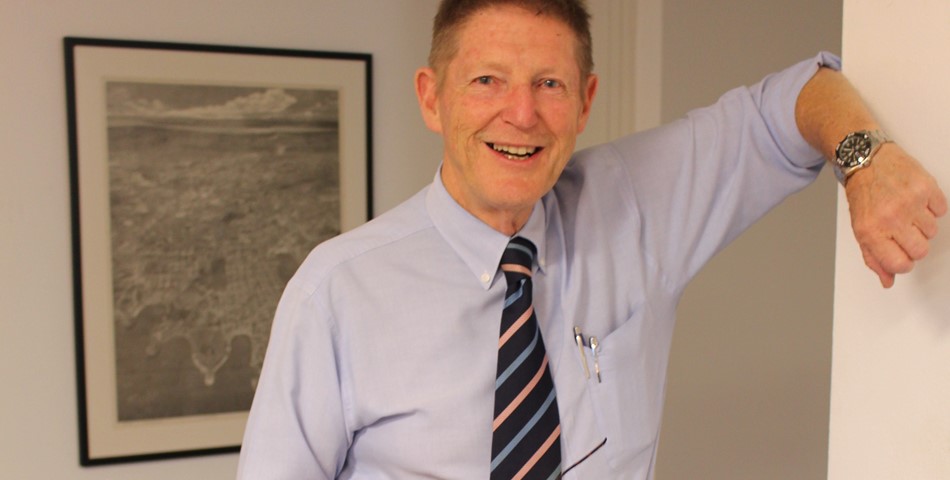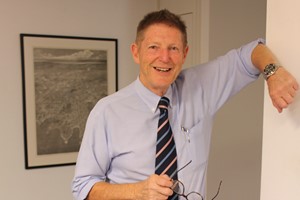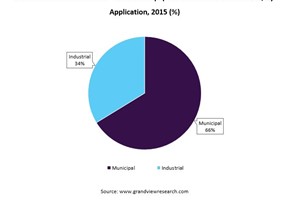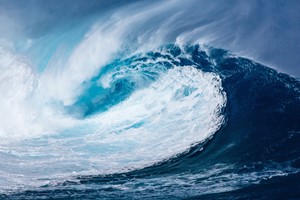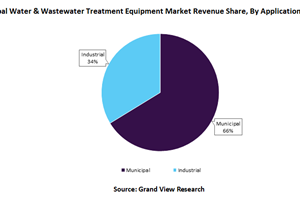A few years ago I picked up a book at a second hand book shop called Australia Replanned. Thumbing through it, I noticed that it was written in 1944 and published in January 1945. What drew me to the book was a fold-out map of Australia that showed an inland sea in the North East of South Australia, with rivers draining into it fed from the North East sectors of Northern Queensland. The book was written by a gentleman writing under the name of Veritas. Veritas was a pseudonym for a journalist called Luscombe who also, as I recall as a kid, was writing for The Truth newspaper in Sydney. The book is a call to arms, warning Australians that they need to get with it and do something with this wonderful huge country of ours. Here's the key points he makes.
Our opportunities
Luscombe points out that in 1944, the war was effectively over and it was time to start thinking about what to do with the country. He draws a parallel with the United States, a country of three million square miles and a population of 130 million. Australia, he points out, is 2.9 million square miles with a population of seven million. Of that seven million, approximately one million were in uniform or working 100 percent in the war effort. Luscombe also points out that in the years of the Second World War the productivity of the country tripled which lead to the obvious question – what’s next?
The dead heart
Luscombe, who of course was writing long before climate change, refers to the central regions of Australia as the "dead heart" of the country. He points out that this was once a fertile land covered with dense and luxurious vegetation, indicated by the fossilized remains found in the Diamantina and Lake Eyre districts.
Creating a vast live heart
It should be pointed out that Luscombe wrote at a time when horse- drawn graders were not that uncommon and crawler dozers used cattle controls to raise and lower tractor blades. In spite of that, he dared to dream that the parched and arid dead heart of Australia would be brought back to life. The vision was an inland sea of approximately 50,000 square miles. This sea would be fed by Northern and North Eastern rivers, and the flood waters diverted back across the Dividing Range to flow along the dry central river beds to the inland sea.


Examining the scheme
In 1944, almost 90 percent of the total land area of Australia was put to very little use. Those huge areas of land, mainly arid, barren, and useless needed water security. The question we have to ask ourselves is, are we ready to carry out projects like that in Australia? Ion Idriess, one of the great Australian writers of the 20th century, used the slogan 'Water is Life' in a number of his books. In Luscombe's plan, an inland sea would be created and connected to the Great Southern Ocean by a canal from the head of the Spencer Gulf via Lake Torrens.
The canal would be up to half a mile wide with a depth of around 25 feet! The bed of Lake Torrens might be excavated, and locks and pumping stations would be required in order to provide a shipping passage similar to the Panama Canal. Luscombe, of course, was writing at a time when great civil engineering feats were on the rise like the Panama and Suez Canals. He must have been conscious of the Hoover Dam, draining approximately 1,000 square miles across seven states and capturing up to 740 billion cubic feet of water from the Colorado River each year. When you consider the fact that the Hoover was built in around four to five years, with the primitive equipment and methods of that time, Luscombe's plan, or something like it, seems absolutely achievable.
However, whether the drought proofing of the country or large sections of it can be achieved with an inland sea is questionable in today's world with our 70 years of additional knowledge. What is beyond dispute, is the fact that water storage and water security are essential for the progress of our agricultural industries and for the fostering of population growth in the years to come.
Why bother?
In a world where Australians appear to enjoy higher wages than just about anybody else on the planet, we are still sitting on the biggest piece of unused real estate in the world. It is also possibly the greatest opportunity to provide food resources for a growing world population. It seems there are plenty of good reasons to provide farms and cities with water security. From a political perspective, governments will be faced with financial challenges that must be addressed. The country clearly can’t rely purely on commodity prices to maintain our lifestyle, create employment or sustain our welfare programs. In other words, something has got to give. Imagine a drought proof Australia where life is brought back to the country with water security and processing plants to add value to raw product. And at the same time provide the Greens with an environmental wonderland. Going back to Luscombe's dream, he envisioned forests throughout the centre of Australia - all in a time before we had to worry about greenhouse gases.


Is there a market for what we produce?
When Luscombe wrote his book in 1944, the global population was three billion. Now we are seven billion and heading for ten, so it is highly likely that there will be a market for top quality food and agricultural production for at least the next thousand years. The Prime Minister preaches jobs and growth. Well here's a package that we will both deliver. I’ve discussed this idea with civil contractors, farmers, irrigation specialists, water well drillers, and a whole wide range of folk to test the water. What I got in return was astonishment that somebody had thought among these lines 70 years ago. I got excited at the possibility of a vision that would change the country forever. I got no support for the vision. Of course the question everybody asked was, "Who is going to do it?" Gina Rinehart would do it! Barnaby Joyce would do it! Most of the people I talk to in the pump industry would certainly do it. They would not only support it but would be happy to be deeply involved. Would it rebirth our pump manufacturing industry? Maybe it would. Think about these statistics:
- China had the same sized economy as Australia in 1990
- Twenty-six years later, their economy is 16 times ours and they are number two in the world
- They have 1.3 billion people, we have 24 million people. We produce approximately 60 million people's worth of food per year (my rough calculation), and they produce 1.3 billion. In other words, they produce 22 times more food than we do but from the same landmass.
Let's assume we drought proof Australia can produce five times more food than we do at the moment (i.e. USD300 billion worth). That's bigger than the iron ORE business. Not only that, but it’s a much bigger employer, and there are lots of benefits that we can get from employment, like lower taxes.
Let's go
Luscombe prefaced his book with the comment that if he was wrong about his ideas, he would welcome correction. He also stated three principles that seem to be just as relevant today as they were in 1944. And they are:
- Think clearly, without prejudice.
- Think fearlessly, with regard for nothing but the truth.
- Think big, with the knowledge of the almost limitless possibilities of technology.
As a simple pump man, I welcome the comments of my peers. Copies of Luscombe's map are available from Australian Pump Industries to serve and inspire some of the readers of this magazine. Bring it on!



